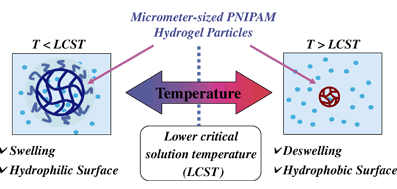L.
[Full Text PDF(J-STAGE)]
| Partially fluorinated poly(arylene ether) containing sulfofluorenyl groups was successfully synthesized. The sulfonation took place only at (2,7)-position on fluorenyl groups. The sulfonated polymer was very soluble in common organic solvents and could be readily cast into tough and smooth membrane. The membrane showed excellent stabilities resistance to both oxidation and hydrolysis. The membrane had higher proton conductivity than Nafion 117, which could be used as proton-exchangeable membrane for fuel-cell. |
 |














